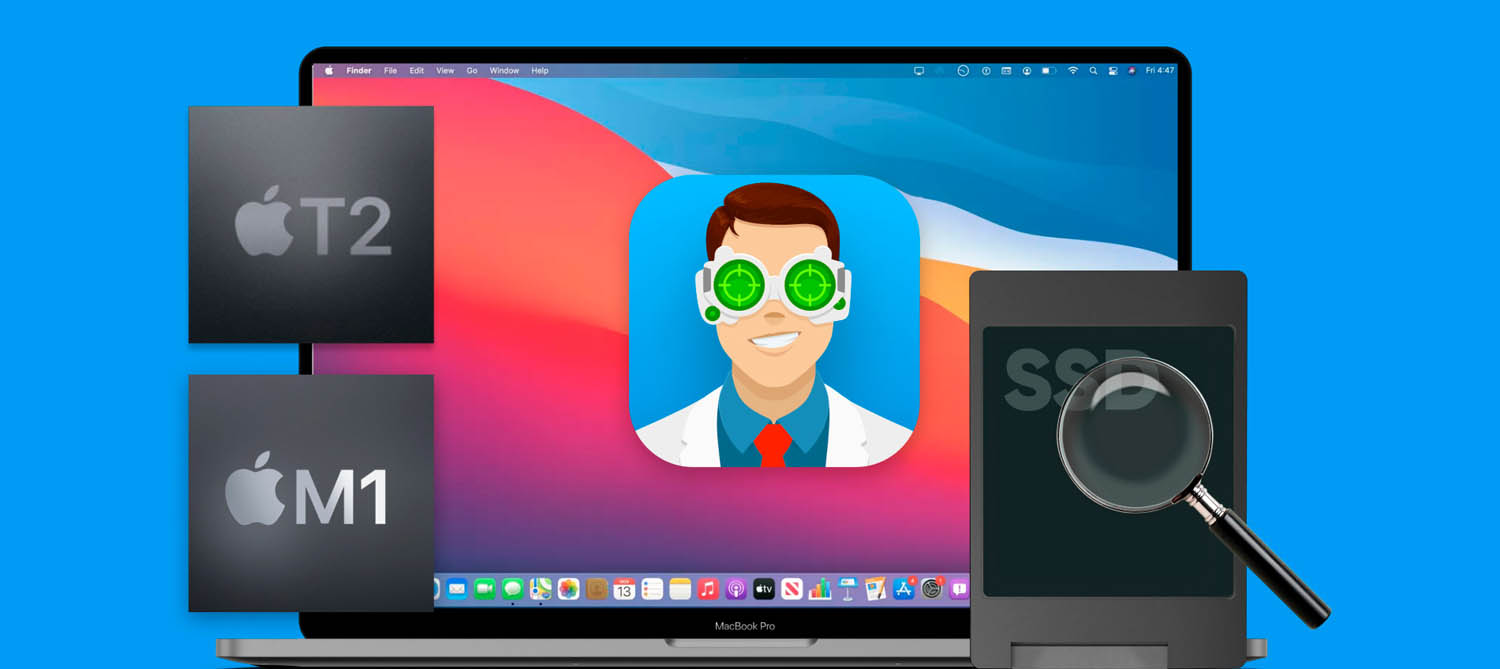

- #MACFUSE CORE MAC OS X#
- #MACFUSE CORE INSTALL#
- #MACFUSE CORE CODE#
- #MACFUSE CORE ZIP#
- #MACFUSE CORE FREE#
So when I got my new external hard drive I installed MacFuse & NTFS 3-G before I plugged it in. I'm a new mac user so please bear with me! I've heard from friends that NTFS format external hard drives are read only, but macfuse will work so it's read & write. Hello, thank you in advance for taking the time to help me!

+ HFSExplorer can enable you to see the HFS+ formatted drives on Windows (free) To have read and write access to NTFS volumes from Mac is good not only when you have access or have to use a NTFS formatted hard drive that is to be shared with a Windows computer, but also when you have vms running that are on NTFS formatted virtual volumes.Īlso Make Windows see HFS+ formatted drives Read and write access works if you need for some folders or files execute access, the best way to add it is to chmod the file or folder in question from the Mac side with terminal. Plug in your NTFS formatted USB hard drive or connect to your Windows share or user or however you plan to use the NTFS volume, and enjoy the read and write access. Macintosh HD/Library/Receipts/MacFUSE Core.pkg and then repeat step 2)Ĥ. If you get an error in installing NTFS-3g, rename MacFUSE Core.pkg to MacFUSE.pkg
#MACFUSE CORE INSTALL#
Download and install NTFS-3g package (free, and no restart required) Install it restart of the mac is required.Ģ. Download MacFUSE package dmg from google (free) :
#MACFUSE CORE MAC OS X#
Of course this will all be moot as soon as Paul tackles the Quadra 700 emulation, but I wouldn't hold my breath.How to make your Mac OS X recognize, read, and write to NTFS volumes.ġ. Obviously, it's so much easier to just open a disk image in the OS X Finder, copy your files directly into it, then open in Mini vMac.
#MACFUSE CORE ZIP#
zip format definition so it can be expanded inside Mini vMac under System 7? Alternately would it be possible to make Stuffit Expander aware of the OS X.
#MACFUSE CORE FREE#
Most importantly it won't import the resource fork, so free files must be compressed under OS X in a method that will de-compress under System 7 – I'm sure there's a way, but I sure don't know what it is. But again, it's an added step to managing one's disks, and not the easiest to set up for many casual users. As Paul Pratt, the current developer of the vMac legacy, will tell you, getting those files into Mini vMac to put onto an HFS image is a simple matter of creating a startup disk with his ImportFL application. hqx formats, most of which will not open under OS X, which either way leaves one with the problem of getting them onto an HFS image which Mini vMac can use. I still see many classic files routinely being sent as stand alone, or. Though there are a number of ways to get around getting files onto an HFS disk image, none of them are simple. Your implementation of HFS write (and I'm sure eventually read – maybe even as soon as 10.7), is far more important than reading an MFS image, much less writing to one given that capability in Mini vMac. Now I have only installed the included package pre-built file system, so perhaps it can be reconfigured to work under Snow Leopard, but without knowing exactly what broke it in the first place I'm clueless. Whatever file system reorganization caused HFS write to break, seems to have also disabled MFS read. It's based on hfsutils, and licensed under the GPLv2Ĭlick to expand.Yup. It's quite an early beta, but I'd like people to try it so we can find more bugs, and maybe even fix them some day.
#MACFUSE CORE CODE#


 0 kommentar(er)
0 kommentar(er)
